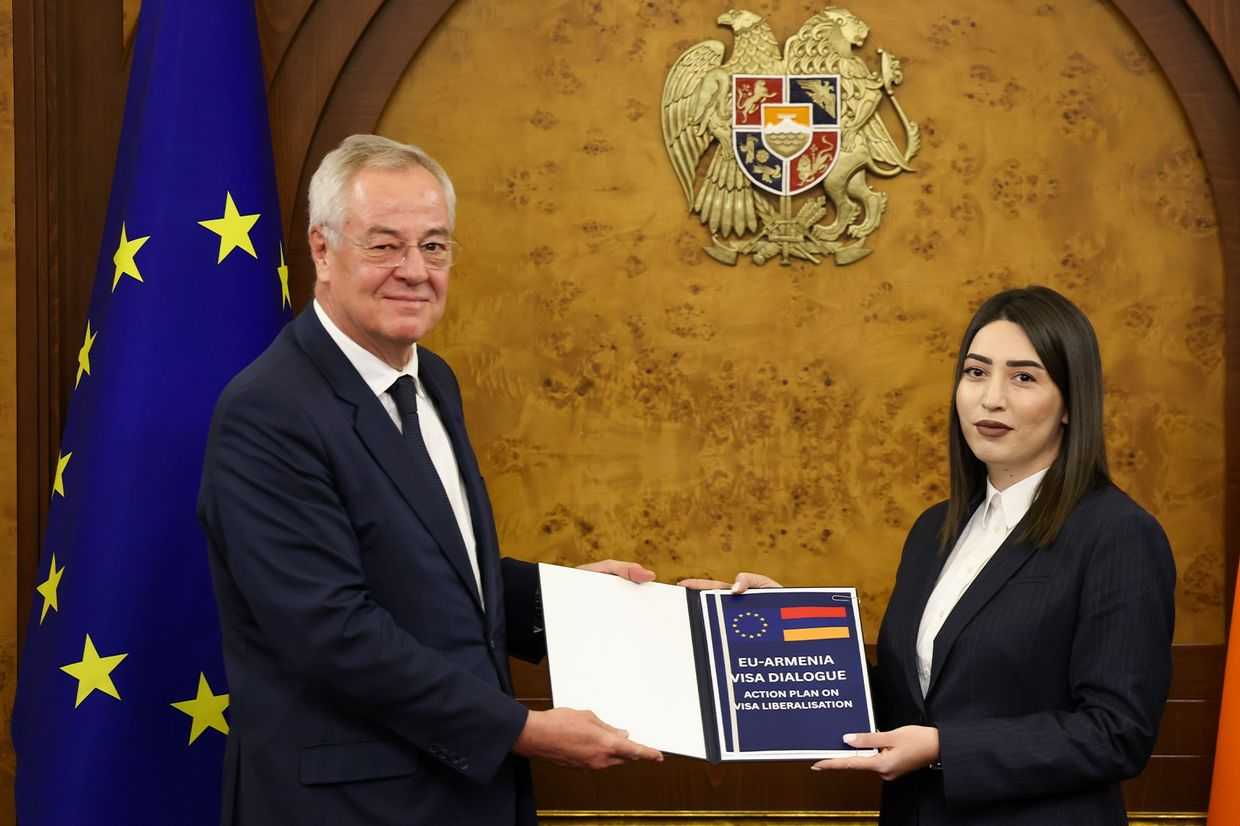

Survey data suggests a growing number of people in Georgia see the EU as a threat to Georgian culture. CRRC investigates who it is that is worried about the EU’s cultural influence and what it could mean for the country’s EU membership aspirations.
If a referendum were held tomorrow, 71% of Georgians would vote for the country to join the European Union, according to CRRC Georgia and the Europe Foundation’s 2019 survey on Knowledge of and Attitudes towards the European Union in Georgia (EU Survey).
Clearly, a large share of the public supports the country’s integration into European structures. Still, over a quarter of Georgians are against the country joining the EU.
One reason that is often talked about in this regard is that some suggest the European Union poses a threat to Georgia’s culture and traditions. Further analysis of the EU survey suggests that this sentiment has been on the rise over the last ten years and is associated with lower levels of support for Georgia joining the EU.
This suggests that if the government and the EU want to build a greater societal consensus on the country’s Western integration, demonstrating that the EU is not a threat to Georgian culture and traditions matters.
Respondents to the EU survey have been asked whether they agree or disagree that the EU threatens Georgian traditions since the survey started in 2009. The share who disagree with this statement has changed relatively little over the years: 48% disagreed with the statement in 2009 and 46% did in 2019. The only exception was in 2015 when there was a 9 percentage point dip in disagreement and 15 percentage point increase in agreement with the statement.
While disagreement with the idea has been stable, uncertainty has declined and agreement with the idea that the EU poses a threat to Georgian traditions has been on the rise.
In 2009, 28% of the public responded don’t know or refused to answer the question. Only 12% did in 2019. In 2009, only 23% of the public thought that the EU posed a threat to Georgian traditions. In contrast, 42% did in 2019. The decline in uncertainty and rising threat perception suggests that many people’s attitudes have formed in recent years.
Note: On the above chart, the agree category is composed of response options ‘agree’ and ‘agree more than disagree’. The disagree category is composed of response options ‘disagree’ and ‘disagree more than agree’.
Further analysis of the 2019 wave of the survey suggests that a number of groups are more likely to think that the EU represents a threat. Men, people in rural areas, those with vocational education, and ethnic Georgians are all significantly more likely to think the EU is a threat to Georgian tradition.
In contrast, age was not a significant predictor of whether or not someone perceived the EU as a threat, all else equal.
Although the perception that the EU is a threat to Georgian tradition is on the rise, most people who perceive it as threat still support Georgia’s potential membership in the European Union (65%). This compares to 76% of people who support EU membership and do not perceive the EU as a threat to Georgian culture.
A further analysis testing for an association between the perceived threat to culture and whether or not someone would vote for EU membership suggests that, controlling for the above demographic factors, perceiving the EU as a threat is associated with a 15 percentage point lower chance of reporting that one would vote for EU membership if an election were held tomorrow.
The data shows that the public is increasingly worried that the EU is a threat to Georgian culture. It also suggests that efforts at assuaging fears related to threats to tradition should focus on people in rural areas, people with vocational education, and ethnic Georgians.
While the perception of the EU as a threat to Georgian culture is present, most who perceive this threat still would support the country’s membership in the EU.
Nonetheless, attitudes change, and if relevant actors want to ensure that Georgian society maintains its pro-Western orientation, demonstrating that the EU is not a threat should be a priority.
Note: The second chart in this blog is based on a logistic regression analysis. The analysis compared individuals who agreed with the statement to all other individuals in the sample, except those who refused to answer the question. The analysis included age group, sex, settlement type, ethnicity, and education level. The data used in the above analysis can be found here. The replication code for the above analysis can be found here.
Dustin Gilbreath is the Deputy Research Director at CRRC-Georgia. The views presented in this article are the author’s alone and do not represent the views of CRRC-Georgia or any related entity.








